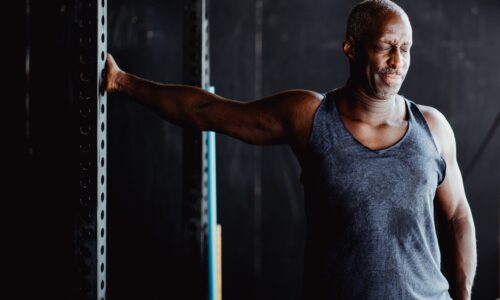The first question many of our patients ask us is “why choose Virtual Reality healthcare over traditional face-to-face options?”
We completely understand – using virtual reality is a big shift in the way healthcare has been delivered in the past, and it can be a daunting new option when you’re used to seeing someone face-to-face. After all, can it really replace the experience of sitting in the same room as someone and showing them your injury?
There are some very clear and distinct benefits to using virtual reality that we wanted to share with you, to consider next time you’re searching for a new healthcare provider.
Engaged Patients Recover Faster
This one is a pretty obvious one, and it doesn’t necessarily relate only to virtual reality.
If a patient is engaged with their recovery, and actively seeking to complete their exercises and treatment, then their recovery is going to be a lot more successful than a patient who doesn’t do their exercises and treatment. We all know that!
So where does virtual reality come in?
The applications on your XRHealth headset are fun and engaging, and feel more like you’re playing a video game than completing a physiotherapy-driven exercise. Instead of standing and rolling your shoulders, for example, you might find that you’re swiping a sword and popping balloons. Or, instead of stretching your neck side to side repetitively, you might be helping a dragon fly around a castle.
When you enjoy doing something, you do it more – so when you enjoy doing your physio exercises, you’re likely to do them more … which can only be a good thing when it comes to your recovery!
Get Insight into Your Recovery
The XRHealth mobile app tracks all of your treatment and exercise data. It shows how many times you’ve logged in, and records your scores from each of the apps and exercises that you complete.
This means you can see when you perform better than previous tries, and when you achieve high scores, as well as lets you see the trend of your progress over time. It’s easy to see your improvements when you look back to where you started!
Your clinician can see your results, so they can make sure you’re completing the exercises correctly. They can also adjust the settings to make it a little harder each time, so that you’re continually working to improve and strengthen.
What does this mean?
Instead of thinking to yourself, “I think I’m getting better” or wondering whether anything is actually changing in your recovery, you can see it!
Customised and Personalised
No patient is alike, so no treatment plan is alike – we’re all about customising your treatment plan to suit your injury, your recovery goals, your lifestyle and your schedule. If you need to fit your treatment around family life, work life or other commitments, we’ll make sure to factor that in.
In fact, it’s one of the greatest advantages to using a virtual reality headset as part of your treatment – you can take it with you anywhere! If you’re going away for work or for a holiday, you can pack it in your suitcase. You also don’t need any other special equipment to complete your exercises – just pop the headset on your head and get going!
Want to learn more? Contact us today!










